Rising Adoption in Healthcare
The healthcare sector in Indonesia is increasingly recognizing the potential of mixed reality technologies to improve patient outcomes and enhance medical training. Mixed reality applications are being utilized for surgical simulations, patient education, and rehabilitation programs, indicating a shift towards more innovative healthcare solutions. Recent estimates suggest that the healthcare segment could account for around 25% of the mixed reality market by 2026. This trend is driven by the need for more effective training methods and the desire to provide patients with immersive educational experiences about their conditions. As healthcare providers continue to explore the benefits of mixed reality, the market is likely to expand, creating new opportunities for developers and technology providers in the mixed reality market.
Emerging Educational Applications
The education sector in Indonesia is beginning to embrace mixed reality technologies as a means to enhance learning experiences. Educational institutions are increasingly integrating mixed reality into their curricula to provide students with interactive and engaging content. This shift is likely to improve student engagement and retention rates, as mixed reality can offer immersive simulations and virtual field trips that traditional methods cannot. Recent data indicates that the education segment may account for around 15% of the mixed reality market by 2026. As more schools and universities recognize the benefits of mixed reality, investments in this technology are expected to rise, further driving the growth of the mixed reality market.
Supportive Government Initiatives
The Indonesian government is actively promoting the adoption of advanced technologies, including mixed reality, as part of its broader digital transformation strategy. Initiatives aimed at fostering innovation and technology development are likely to create a conducive environment for the mixed reality market. For instance, the government has introduced various funding programs and incentives to support startups and businesses that focus on mixed reality applications. This support is expected to enhance the capabilities of local developers and attract foreign investment, potentially increasing the market size. Furthermore, the government's commitment to improving digital infrastructure is anticipated to facilitate the deployment of mixed reality solutions across different sectors, including healthcare and tourism, thereby contributing to the growth of the mixed reality market.
Increased Focus on Remote Collaboration
The rise of remote work and collaboration tools has led to an increased focus on mixed reality solutions that facilitate virtual teamwork. In Indonesia, businesses are exploring mixed reality applications to enhance communication and collaboration among remote teams. This trend is particularly relevant in industries such as architecture, engineering, and design, where visualizing projects in a mixed reality environment can significantly improve workflow and productivity. As organizations seek to optimize their operations in a remote work setting, the demand for mixed reality tools is expected to grow. Market analysts project that the remote collaboration segment could represent approximately 20% of the mixed reality market by 2026, highlighting the potential for growth in this area.
Growing Demand for Immersive Experiences
The mixed reality market in Indonesia is witnessing a growing demand for immersive experiences across various sectors. As consumers increasingly seek engaging and interactive content, businesses are compelled to adopt mixed reality solutions to enhance customer engagement. This trend is particularly evident in the entertainment and gaming industries, where immersive experiences can significantly boost user satisfaction. According to recent data, the entertainment sector is projected to contribute approximately 30% to the overall mixed reality market revenue in Indonesia by 2026. This demand is further fueled by the rise of mobile devices capable of supporting mixed reality applications is making it more accessible to the general public.. Consequently, companies are investing in innovative mixed reality technologies to meet this demand, thereby driving growth in the mixed reality market.


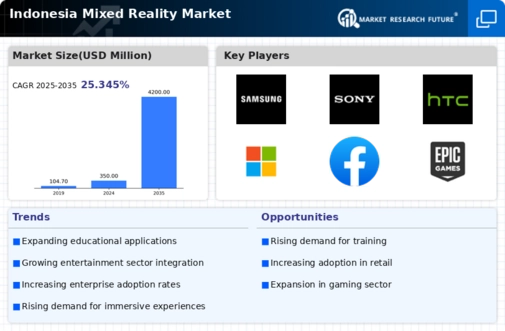
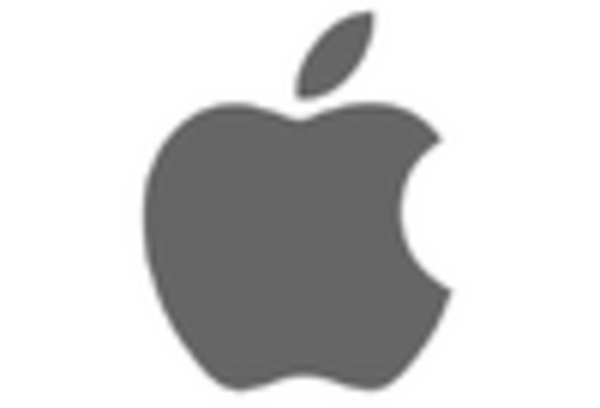

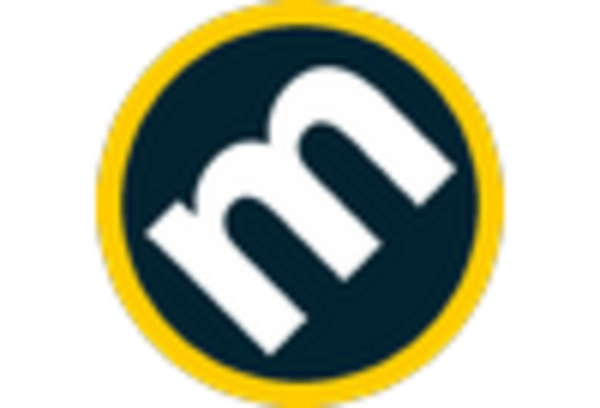

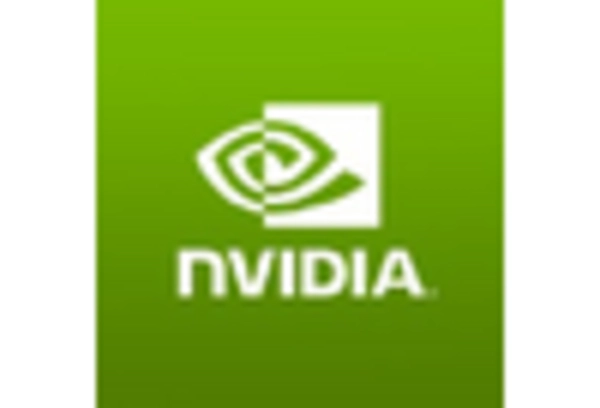
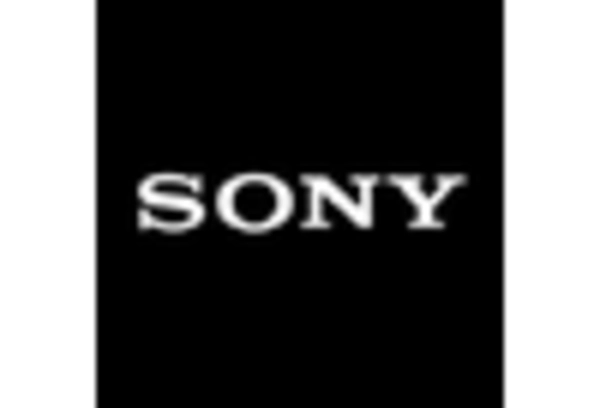








Leave a Comment